Red light therapy devices have emerged as an effective way to improve skin health, reduce inflammation, and promote muscle recovery. Studies have shown that red light therapy can rejuvenate the skin by up to 50% and reduce inflammatory markers by up to 30%.
However, choosing between red light panels and red light therapy modules can be confusing due to their different designs and applications.
In this article, we'll explore how red light panels and red light therapy modules compare in terms of use, efficiency, and convenience so you can make an informed choice for your health habits.
What are Red Light Panels?

Red light panels are stationary red light therapy devices that are typically larger and suitable for covering larger body areas. Inside the panels are hundreds of LED beads that emit specific wavelengths of red or near-infrared light, primarily for health care and cosmetic treatments.
Due to its large coverage area, it can irradiate multiple areas of the body at the same time, making it ideal for people wishing to treat the whole body or needing to treat a large area.
Pros and Cons of Red Light Panels
Pros:
- Wide coverage area:the panels are usually designed to be larger and able to cover most areas of the body at once for efficient treatment.
- Suitable for whole body care:Suitable for larger areas such as the back and legs, reducing the hassle of localized treatments.
- Powerful:red light panels usually have high power and can provide deep light therapy effects.
Cons:
- large size: due to the large size of the panel device, it is not suitable for moving and carrying, limiting its portability.
- Higher price:High-performance large panels are usually expensive and not suitable for consumers with limited budgets.
- Complicated installation:some large-sized panels require the installation of fixed equipment, which is not convenient for mobile use at any time.
What is a Red Light Therapy Module?

Red Light Therapy Modules are portable red light devices that are usually small, flexible, and easy to carry and operate. These devices are usually designed to be applied directly to a specific small area of the body, such as the face, hands, or other localized areas. Compared to red light panels, treatment modules are more suitable for people who need localized treatments.
Pros and Cons of Red Light Therapy Modules
Pros:
- Portable:due to the compact and lightweight design of the module, the crowd can easily carry it around for treatment anytime, anywhere.
- Strong targeting: suitable for localized care, able to accurately irradiate specific body parts, such as the head, joints, and arms.
- Easy to operate:the module can usually be used handheld and does not require fixed installation, making it more flexible and convenient to use.
- Fast results:Pain relief in just a few minutes, such as PRUNGO's three-minute treatment.
- Cost-effective: usually more affordable than larger red light panels.
Cons:
- Small treatment area:due to the small size of the device, the area treated is limited and not suitable for full-body treatments.
- Longer treatment time:Since only localized areas of the body can be treated one by one, the overall treatment time may be longer.
Red Light Panels vs Red Light Therapy Modules

1. Treatment Area
Red light panels are usually designed to cover a larger treatment area and are suitable for people who need to treat the whole body or a large area.
In contrast, red light therapy modules such as the Prungo medical-grade red light therapy devices are more focused on treating specific areas in depth and are suitable for people who need to concentrate on treating small areas, such as the head, shoulders, knees, etc.
2. Portability
Red light panels are large and usually need to be fixed in a certain position, making them less suitable for frequent movement. In contrast, red light therapy modules are designed to be compact and lightweight, making them easy to carry and use, especially for people who use them at home or while traveling.
Therefore, if you need to move around a lot or wish to have red light therapy anytime and anywhere, the treatment module will be a better choice.
4. Treatment Time
Red light panels usually require a longer treatment time to cover every part of the body, making them suitable for people who need to treat large areas over a long period.
Comparatively, red light therapy modules may require shorter treatment times due to their ability to target and focus on smaller areas for deeper treatment, making them more suitable for people who need to be able to get quick results and short treatment times on specific areas.
Which One Should I Choose?
Choosing red light therapy modules or Red Light Panels depends on your specific needs and budget. If you are looking for full body treatment, have a larger treatment area, and are time efficient, the Red Light Panels are the best choice. It can cover more areas at once and achieve more visible results in a shorter time.
If you only need to treat a localized area, such as the neck, shoulders, lower back joints, or specific areas of muscle soreness, Red Light Therapy Modules are more suitable.
PRUNGO's red light therapy modules are not only compact and portable, but they are also ideal for use anywhere. Its ability to quickly achieve pain relief in a specific area within three minutes makes it ideal for dealing with localized pain and inflammation.
Whether it's muscle pain, joint discomfort, or chronic pain elsewhere, the module provides fast, effective relief with focused red light therapy, helping users better manage pain while maintaining flexibility in daily activities.
FAQ
1. How Long Does it Take for Red Light Therapy to Work?
The time it takes to see results from red light therapy varies depending on the individual's health and the goals of treatment. Generally, a 15-20 minute session, performed 3-4 times per week, can result in significant improvement within a few weeks to a few months.
2. Does the Wavelength of the Red Light Panel Matter?
Yes, the wavelength of the red light panel is very important to the effectiveness of the treatment. Red light therapy typically uses light with wavelengths between 620 and 850 nanometers, a range considered most effective for promoting cellular repair, reducing pain, and improving skin health.
Specifically, red light at wavelengths around 660 nanometers is typically used for epidermal and dermal treatments, such as promoting skin repair and reducing wrinkles. While near-infrared light at a wavelength of around 850 nanometers penetrates deeper into tissues and muscles to help reduce inflammation and accelerate healing.
3. How do I Maintain My Red Light Device?
Maintaining a red light device is simple, but regular care will ensure optimal performance and prolong its life. Here are some basic maintenance methods:
- Clean the device:Wipe the surface with a dry or lightly dampened cloth, avoiding the use of chemical cleaners.
- Check the power supply:Regularly check the power cord and socket to ensure there is no damage.
- Avoid overheating: After prolonged use, allow the unit to cool properly.
- Store properly: Store in a dry place away from direct sunlight and humidity.
Related reading: FDA-Approved red light therapy benefits


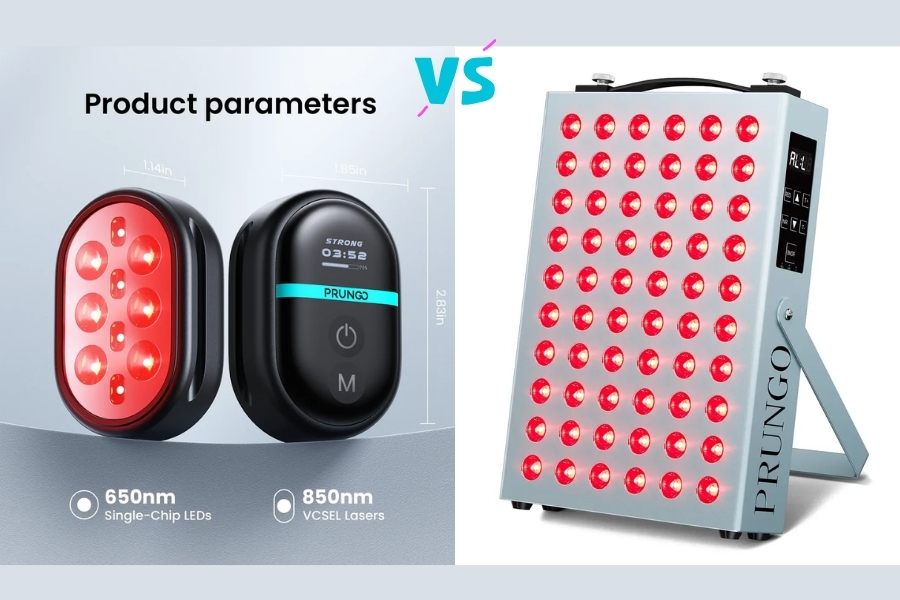
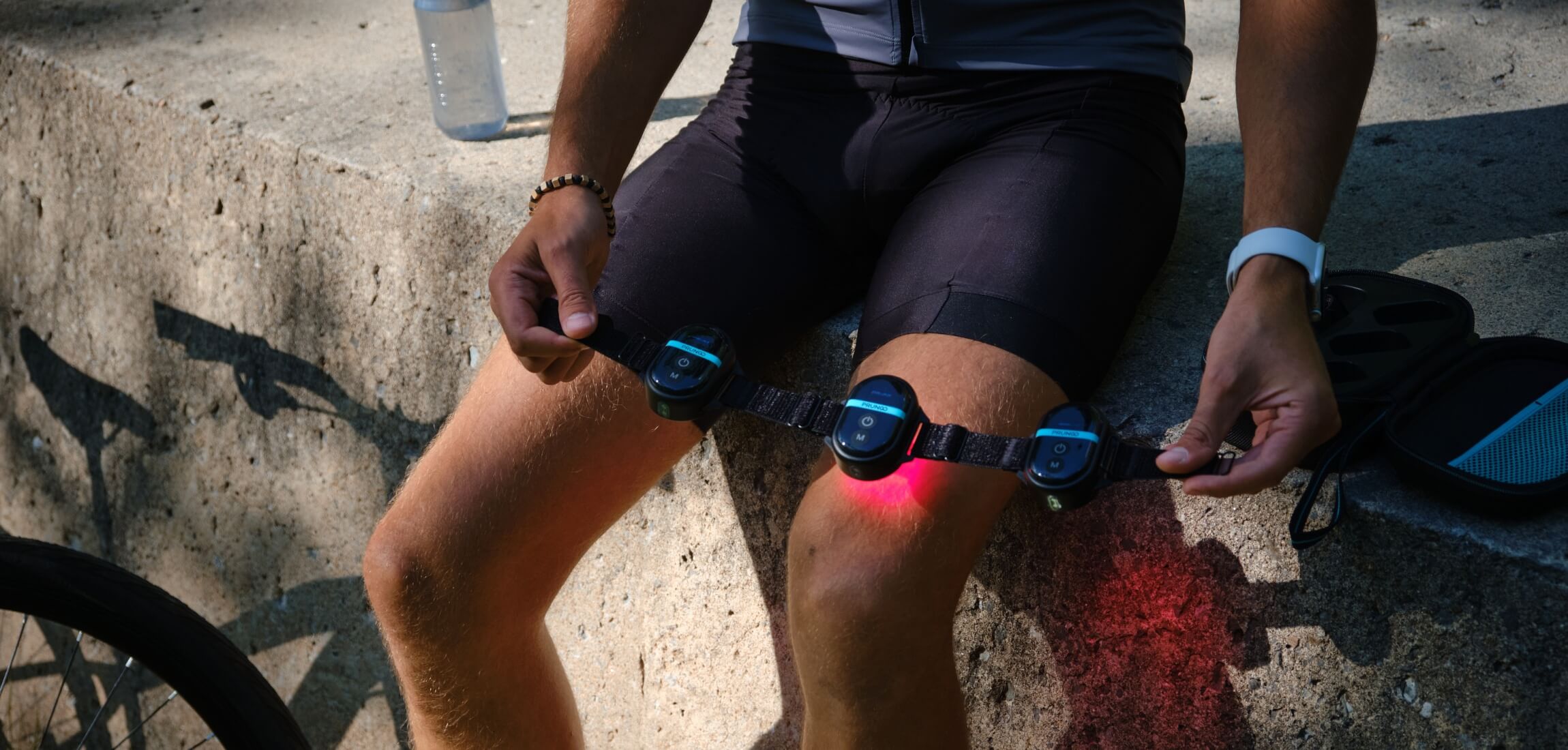
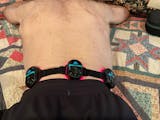
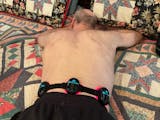









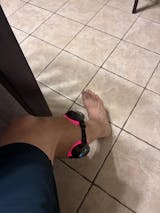
Share:
How to Choose a Red Light Therapy Device?
7 Useful Gifts for Parents On Black Friday